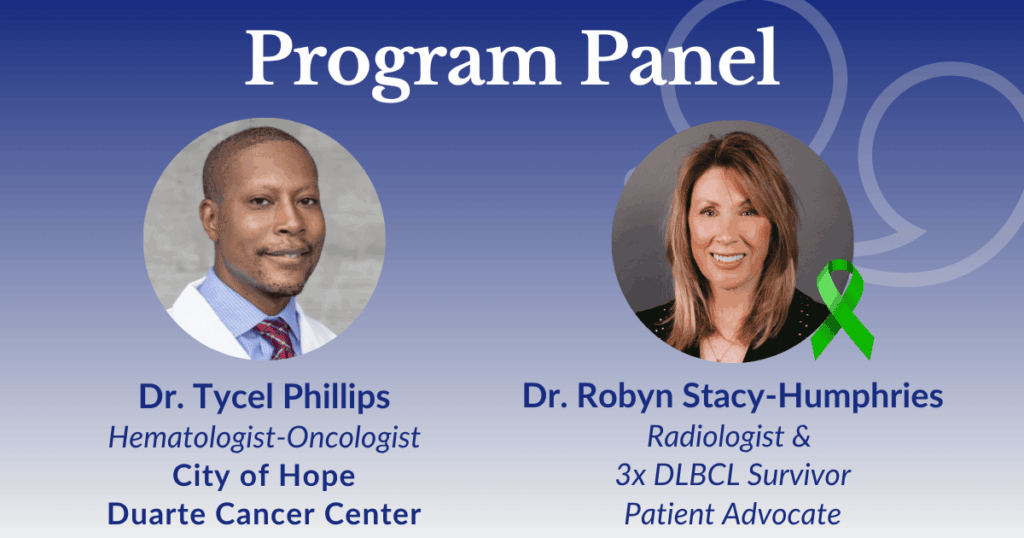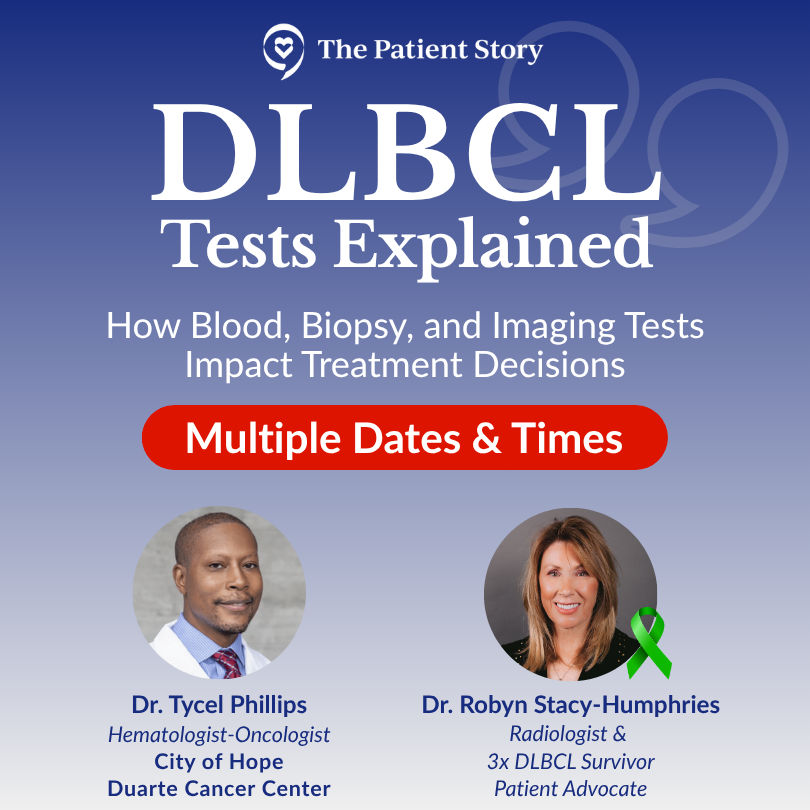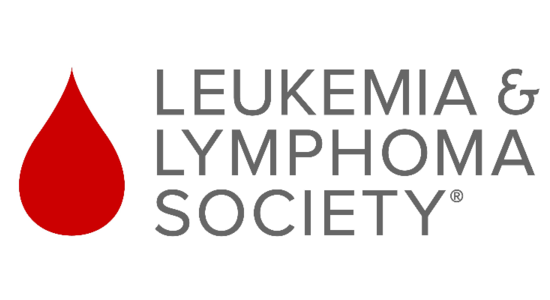DLBCL Tests Explained: How Blood, Biopsy, and Imaging Tests Impact Treatment Decisions
Join an expert-led webinar - Pick the date and time that works best for you.
Diffuse large B-cell lymphoma (DLBCL) is fast-moving, but often curable—especially when caught early. Blood work plays a key role throughout diagnosis, treatment, and remission, though many patients are left unsure of what their lab results really mean.
In this discussion, Dr. Robyn Stacy-Humphries, a three-time DLBCL survivor, moderates a conversation with lymphoma expert Dr. Tycel Phillips of City of Hope. Together, they unpack what blood tests can (and can’t) tell you, how biopsies and imaging are used, and what markers like LDH, neutrophils, and immunoglobulins mean during and after chemotherapy, CAR T-cell therapy, and beyond.
Topics:
- Learn what your CBC, LDH, and metabolic panels really mean during treatment
- Understand the role of imaging, biopsies, and why blood tests alone don’t diagnose DLBCL
- Get clarity on neutrophils, immunoglobulin levels, and why some “abnormal” results are not dangerous
- Find out how often blood work is done during and after treatment like R-CHOP, CAR T-cell therapy, or bispecifics
- Hear what’s ahead in MRD and liquid biopsy research for DLBCL monitoring

Thank you to The Leukemia & Lymphoma Society for their partnership. The Leukemia & Lymphoma Society is here for you with information about clinical trials, resources, and dedicated support through their Information Specialists.
Register for this informative program then invite a Friend or Care Partner.
Whether you’ve just been diagnosed or have been living with diffuse large B-cell lymphoma for years, this conversation is for you.



